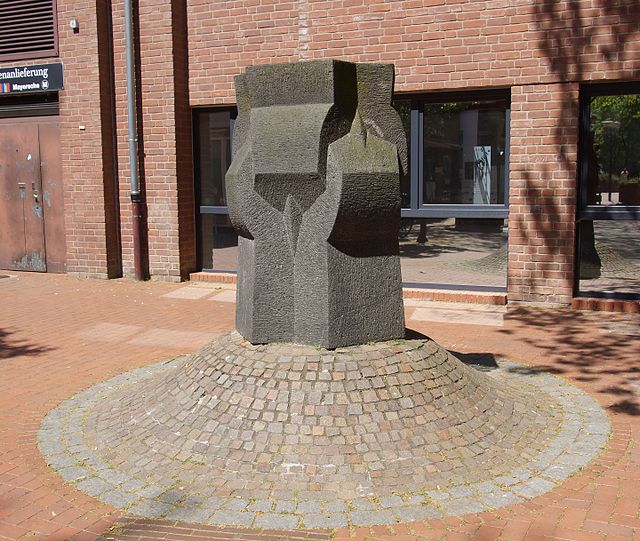The offset overhand bend is a knot used to join two ropes together end-to-end. It is formed by holding two rope ends next to each other and tying an overhand knot in them as if they were a single line. Due to its common use in several fields, this bend has become known by many names, such as thumb knot, openhand knot, one-sided overhand knot or flat overhand bend (FOB), though the terms "one-sided" and "flat" are considered incorrect.
Offset overhand bend
mid rotation state of No. 1410 offset overhand bend
A knot is an intentional complication in cordage which may be practical or decorative, or both. Practical knots are classified by function, including hitches, bends, loop knots, and splices: a hitch fastens a rope to another object; a bend fastens two ends of a rope to each another; a loop knot is any knot creating a loop; and splice denotes any multi-strand knot, including bends and loops. A knot may also refer, in the strictest sense, to a stopper or knob at the end of a rope to keep that end from slipping through a grommet or eye. Knots have excited interest since ancient times for their practical uses, as well as their topological intricacy, studied in the area of mathematics known as knot theory.
Knot board [es] on Elbe 1 (ship, 1965)
An example of a quipu from the Inca Empire, currently in the Larco Museum Collection.
Alexander cuts the Gordian Knot, by Jean-Simon Berthélemy (1743–1812)
Gordian Knot statue (1990)



![Knot board [es] on Elbe 1 (ship, 1965)](https://upload.wikimedia.org/wikipedia/commons/thumb/d/da/Knopar_-_2017.jpg/640px-Knopar_-_2017.jpg)


